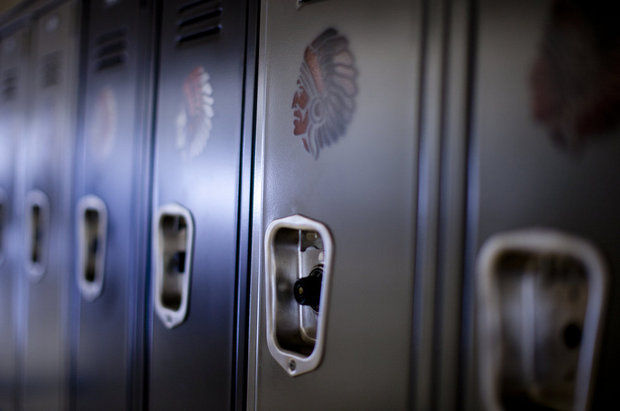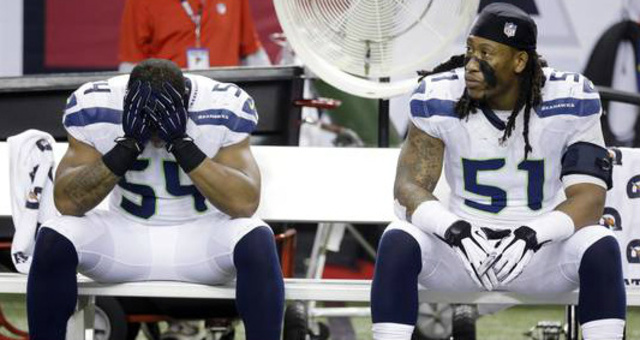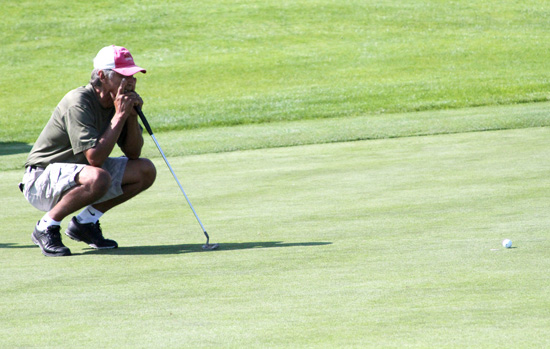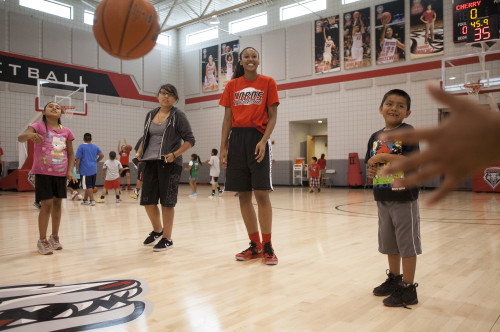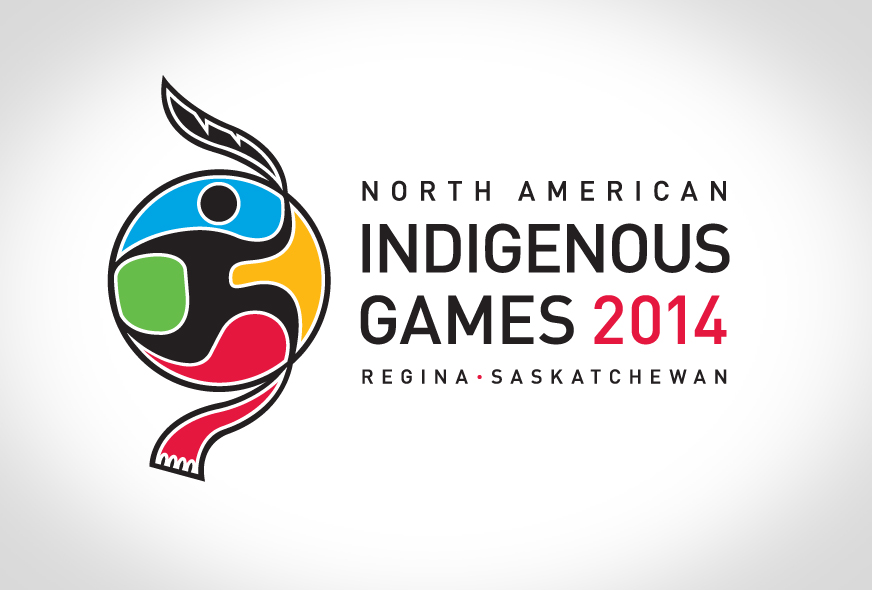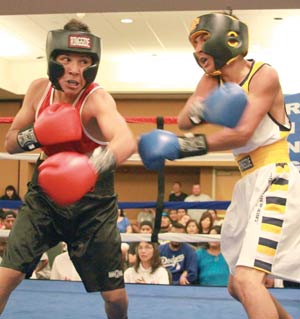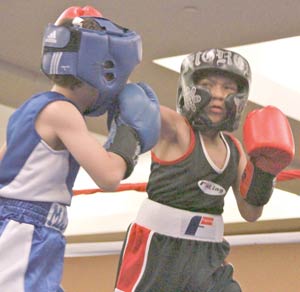By Scott Cacciola, The New York Times
It has not been an easy season for the Mets, who are lurching toward the All-Star break with a losing record. Opposition has come in the form of hard-throwing pitchers, mounting injuries and marathon-length games, but the team suddenly finds itself facing heat from an unexpected source: an American Indian organization.
When the Mets approached the American Indian Community House, a New York-based nonprofit organization, in March about helping to organize a Native American Heritage Day, the proposal struck members of the group as a good opportunity to celebrate their involvement in the community. A date was selected — July 25 — and they began to plan pregame festivities that would include traditional dancing and singing outside Citi Field.
But there was a glitch, as far as the Mets were concerned: they were scheduled to host the Atlanta Braves that day. So in the past week, concerned that such activities might be interpreted by the Braves organization as a form of protest over its nickname, the Mets drastically reduced the day’s activities: no singing, no dancing. And now there won’t be any American Indians, either.
On Monday, the A.I.C.H. pulled out of the event, citing frustration with the Mets for thwarting months of planning. The team has removed the event from its online schedule of activities.
“Being a nonprofit in the city, we’re not in the business of making enemies,” said Kevin Tarrant, the deputy director of the A.I.C.H., which describes itself as an organization that aims to “cultivate awareness, understanding and respect” for thousands of American Indians who live in New York City. “This whole thing wasn’t even our idea. But it just feels like we’re being marginalized again within our own community.”
A Mets spokesman said the team “opted to forgo the group sale in this case as our multicultural days and nights are celebratory versus political in nature.”
The Mets host multicultural events throughout the season as a form of community outreach. During the first week of August, for example, the team will stage Irish Heritage Night and Taiwan Day.
Tarrant said his group originally hoped to hold the festivities in early June so that the game would coincide with an area powwow, a traditional American Indian gathering. But with the Mets on a road trip that week, the group suggested July 25 as another option. It was a 12:10 p.m. game, Tarrant said, which meant more children were likely to attend. Also, another powwow was planned for the following weekend in Queens.
That the Mets were scheduled to face the Braves that afternoon was coincidental, Tarrant said, though the group was not so naïve as to ignore the political overtones. Various groups have criticized the Braves for their use of American Indian imagery, in particular the team’s Tomahawk Chop chant.
“It wasn’t like we were planning to protest anything,” Tarrant said. “We just thought it would be great to show natives in a positive light — that we’re human beings, and we’re not from 300 years ago. We’re visible.” He added: “It was a win-win situation. We’d be supporting the Mets, the Braves and Major League Baseball.”
On March 27, a Mets ticket sales representative, who was working with the A.I.C.H. on the event, sent an e-mail requesting that the group draft a letter explaining why it had chosen a Braves game. The Mets’ foremost concern, at least at the time, appeared to be squarely on the sensibilities of the American Indian community.
“It is good to inform others that the Braves do not make a profit off of the sale of the game,” the Mets representative wrote in the e-mail, “and no money would be going to support their organization.” She attached an invoice for payment.
As part of the deal, the A.I.C.H. agreed to pay a $2,000 deposit to cover roughly 15 percent of the cost for a block of 500 tickets, which the group would then help sell. In exchange, the A.I.C.H. would be free to stage pregame festivities outside Citi Field, including traditional dancing and singing as fans made their way to the stadium from the subway station. Rick Chavolla, the A.I.C.H.’s education and development officer, said the performances were largely intended to raise awareness for Native Americans living in the city.
“Not a lot of people invite us to step on a great stage like that,” Chavolla said. “We were really looking forward to it.”
The Mets also agreed to print 500 T-shirts (proposed design: the team logo adorned by feathers) and to broadcast two public-service announcements for the group on the stadium’s video boards.
Tarrant said the A.I.C.H. soon decided to make the game the centerpiece of an annual Native American Week, with events across the city like panel discussions and dance performances. NativeOne Institutional Trading, an American Indian-owned broker dealer based in New York, signed on as a co-sponsor. Tiani Osborn, a managing member at NativeOne, said the logistics required “months of planning.”
As for the game, the A.I.C.H. began to promote it in early April. In an e-mail to the Indian Country Today Media Network, the group pitched the event as a “great opportunity to educate the public about the stereotypes professional sports teams continue to promote through logos, mascots and fan traditions, such as the ‘tomahawk chop.’ ” But if Mets officials harbored concerns with that type of language over the coming months, they chose not to express them publicly.
It was not until July 1 that the Mets contacted the A.I.C.H. to inform the group of significant changes to Native American Heritage Day: no public-service announcements of any kind, and no pregame festivities outside the stadium. The group could still attend the game and do some fund-raising, but that would be the extent of its involvement.
The Mets, Osborn said, suddenly seemed “only to be interested in holding a Native American Heritage Day without the culture.”
Last Wednesday, a member of the Mets’ group sales department e-mailed the A.I.C.H. in response to a series of questions from the group, which sought an explanation.
“It was brought to my attention that we need to be sensitive to the Braves being a partner MLB team and can’t put them in a situation for a potentially negative environment to be brought upon them,” the Mets official wrote. “I know this is not the plan, but sometimes people come to events under different agendas than expected. I’m not referring to [A.I.C.H.] or any of the organizations involved, but more about unknown groups that may want to change the perception of the event.”
The Mets official wrote in the e-mail that the Braves had nothing to do with the decision. The Mets later proposed two alternate dates: Aug. 8 against the Colorado Rockies and Aug. 25 against the Detroit Tigers. Tarrant said the A.I.C.H. had already planned a full week of events around the game scheduled for July 25.
On Monday, the A.I.C.H. decided to call the whole thing off and ask the Mets for a refund.
“We’re not trying to be overly sensitive,” Chavolla said, “but it seems like we fall into this type of thing a lot. We’re led to get enthusiastic about something, and then it’s like, ‘Oh, never mind.’ It’s disappointing, but it sort of amplifies a pattern of what we’ve been dealing with for hundreds of years.”



